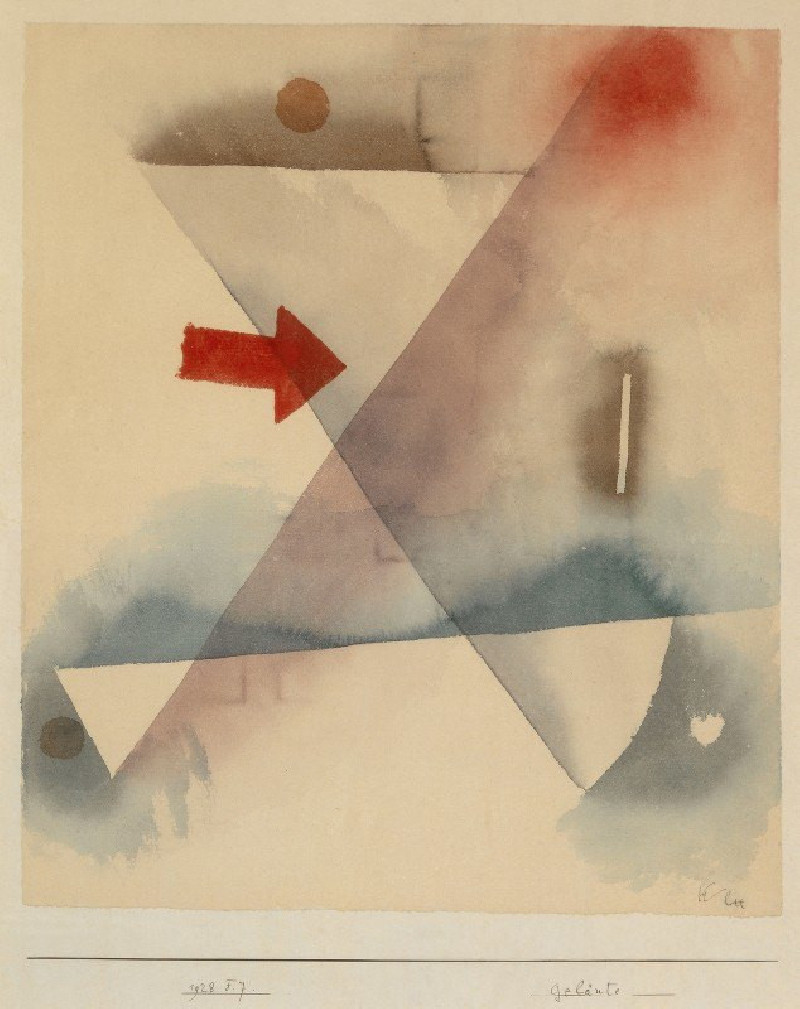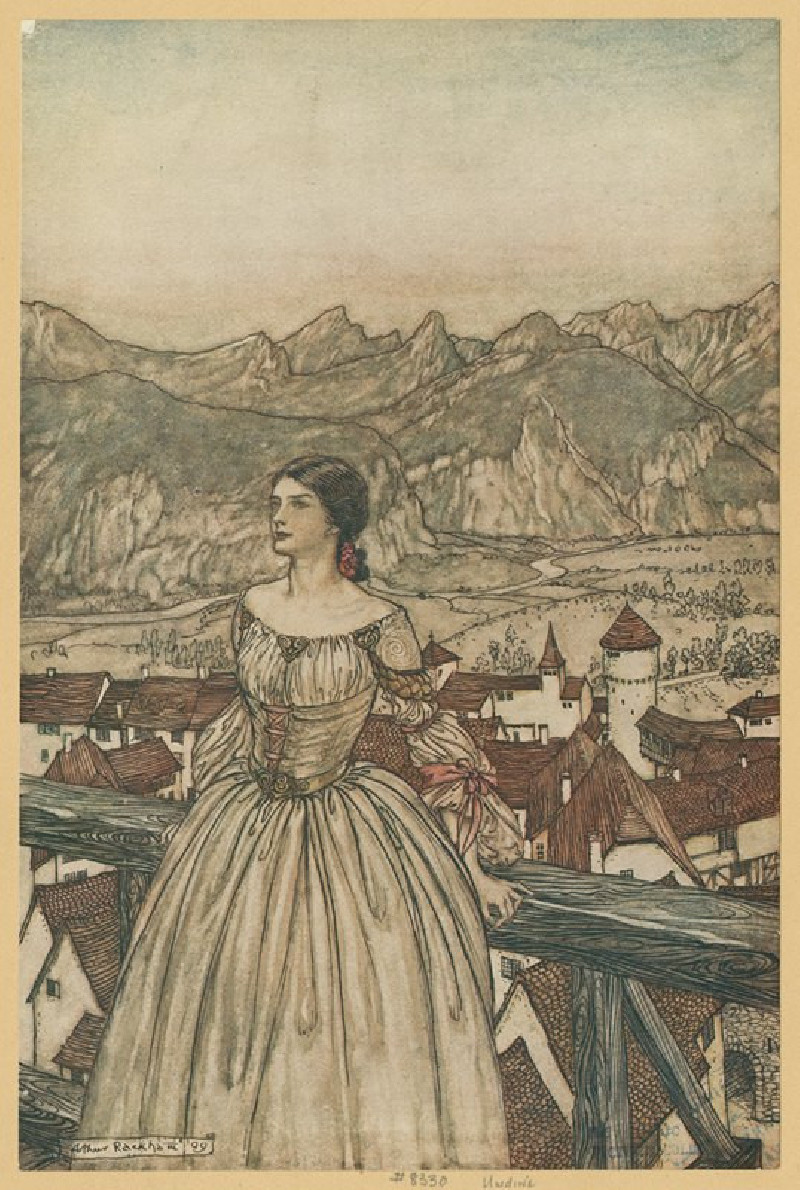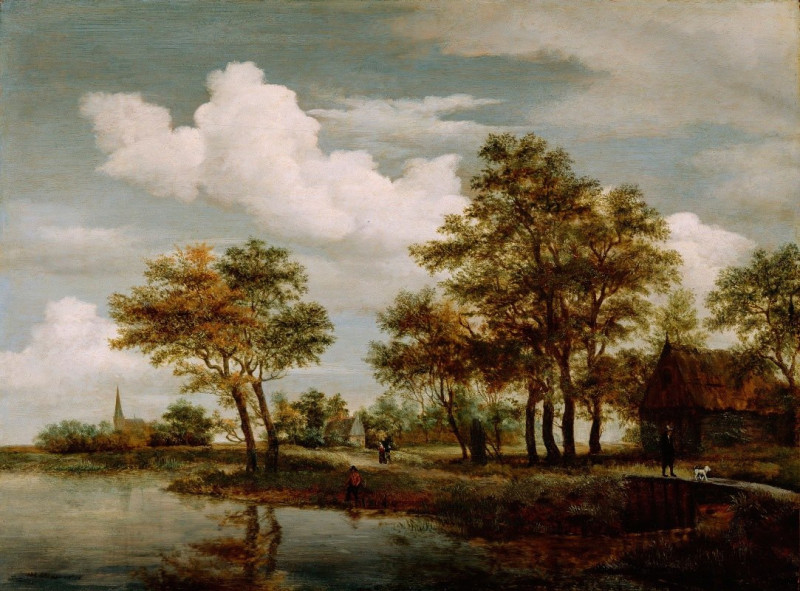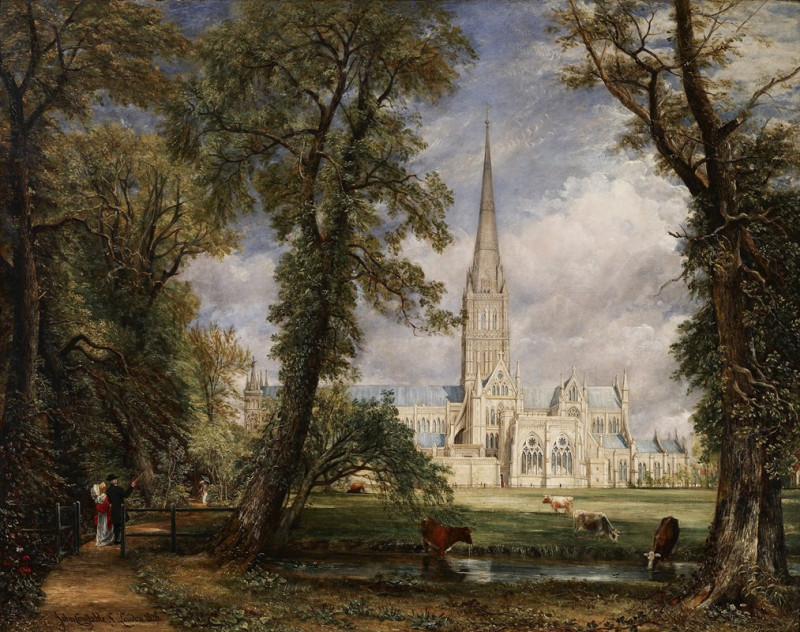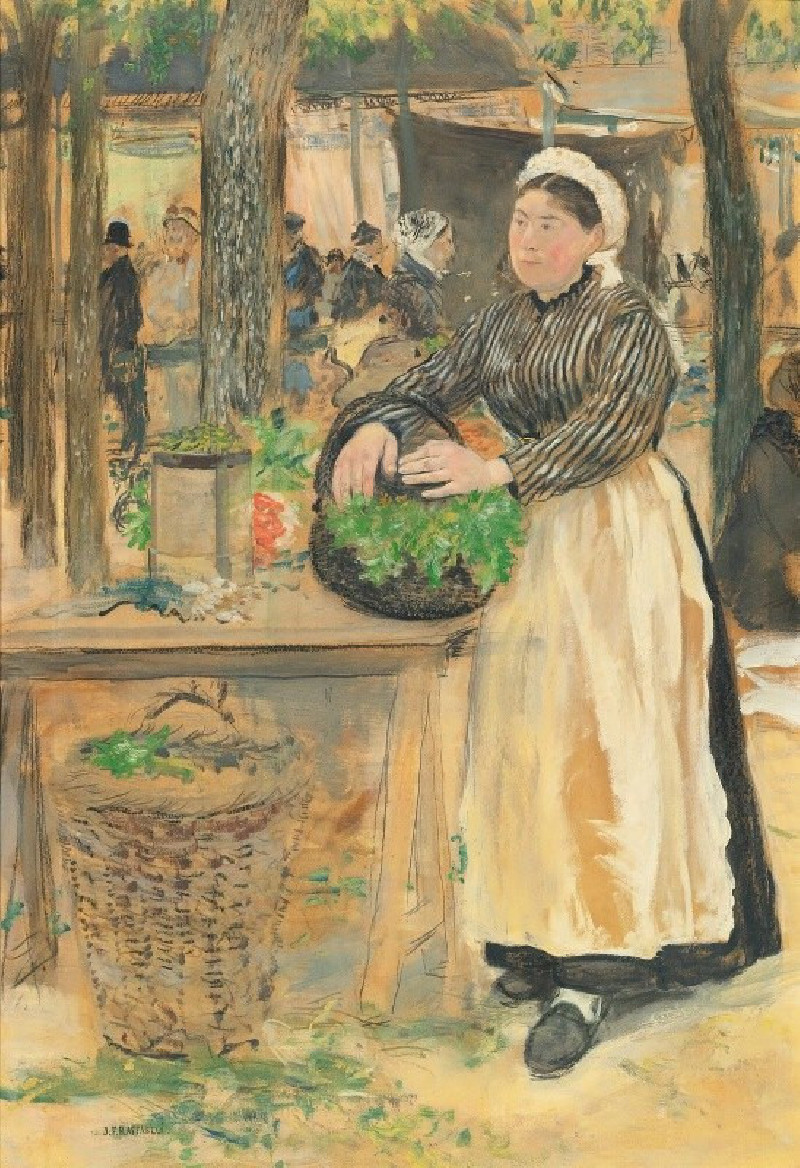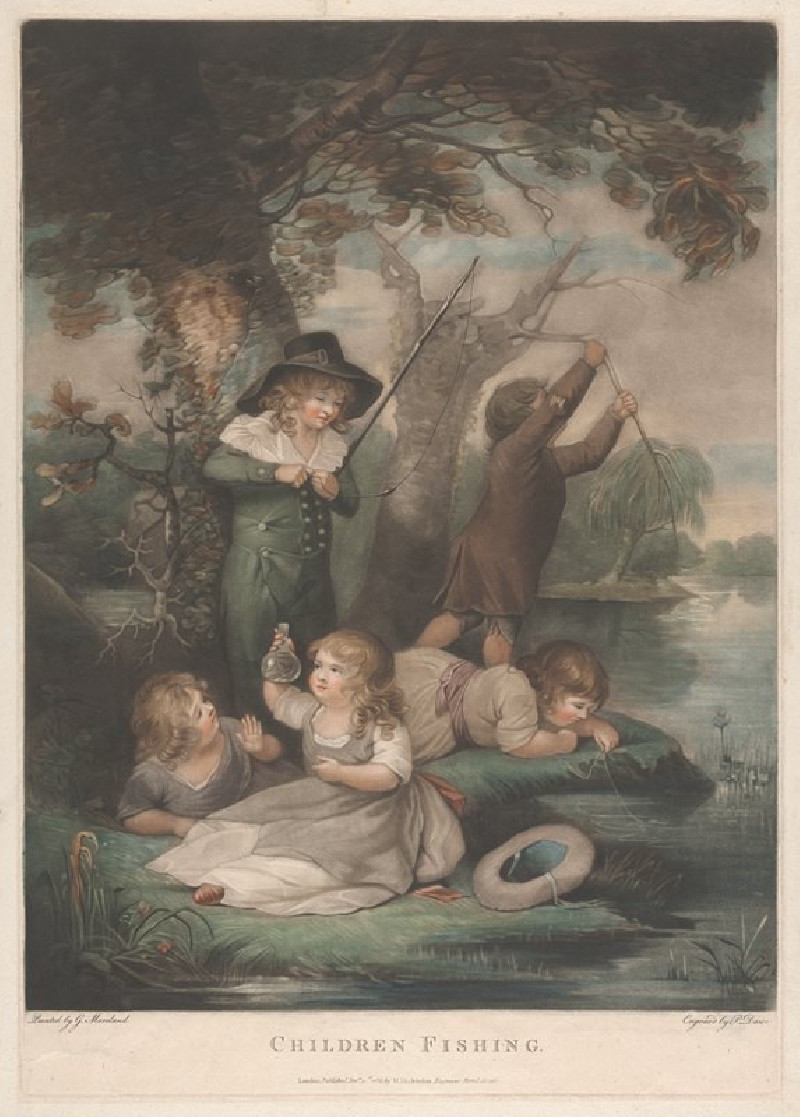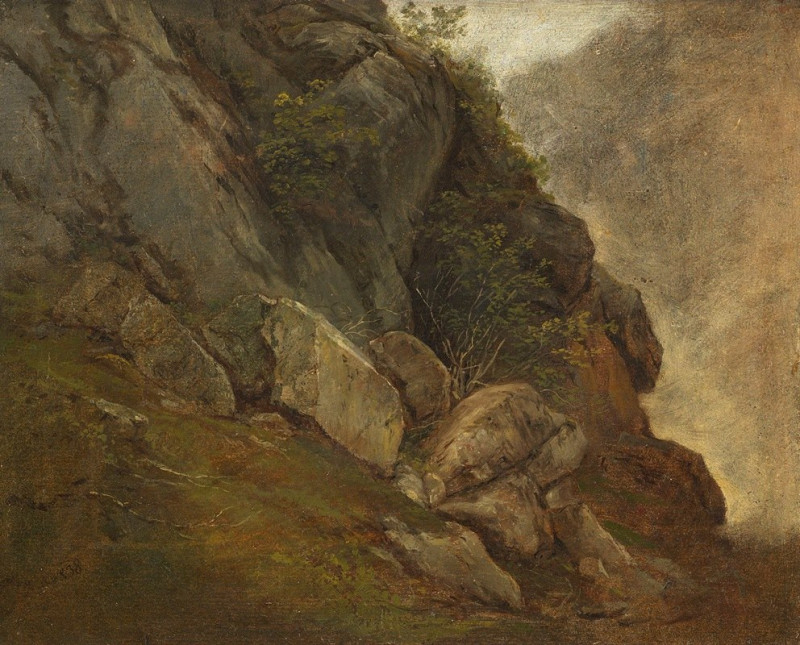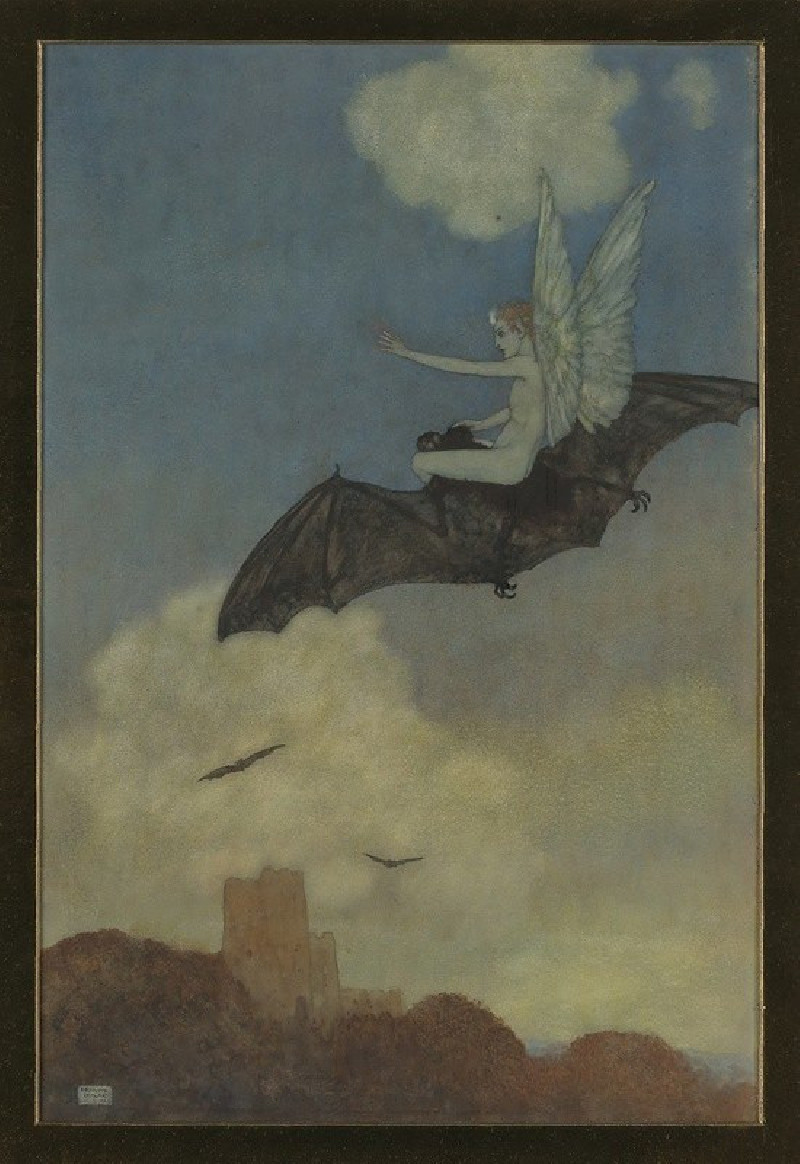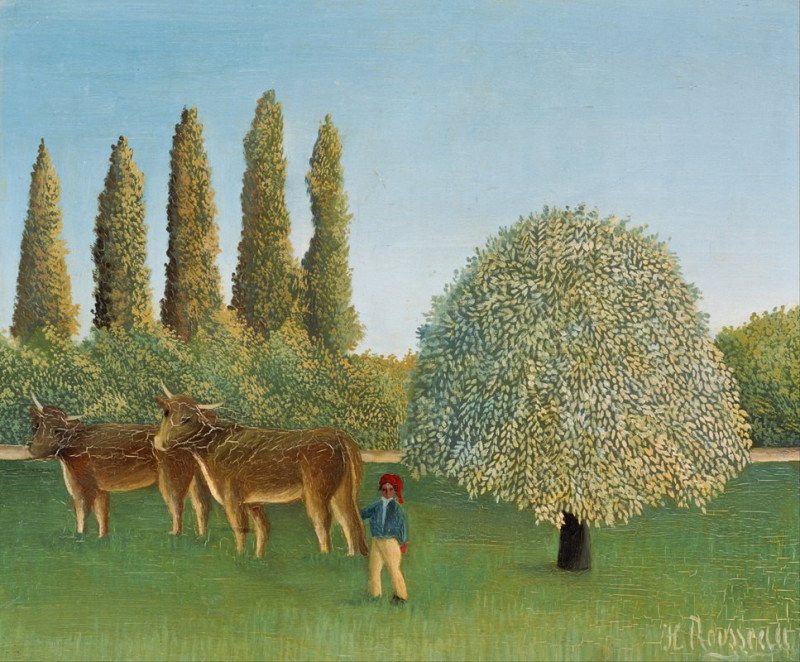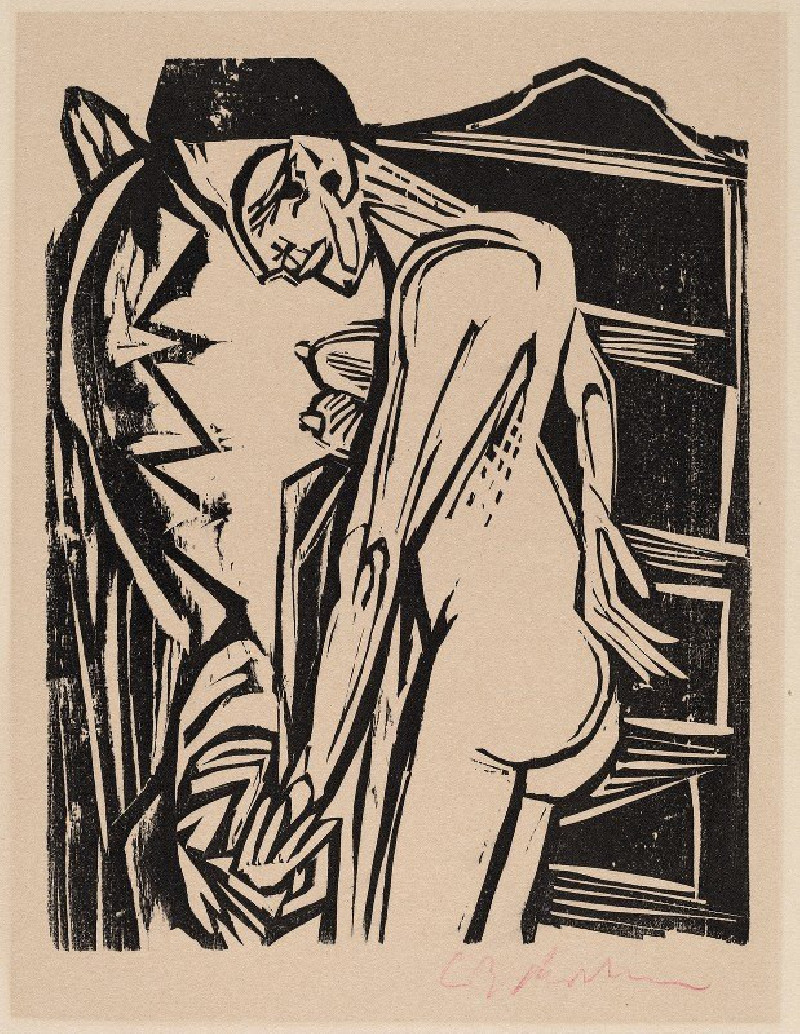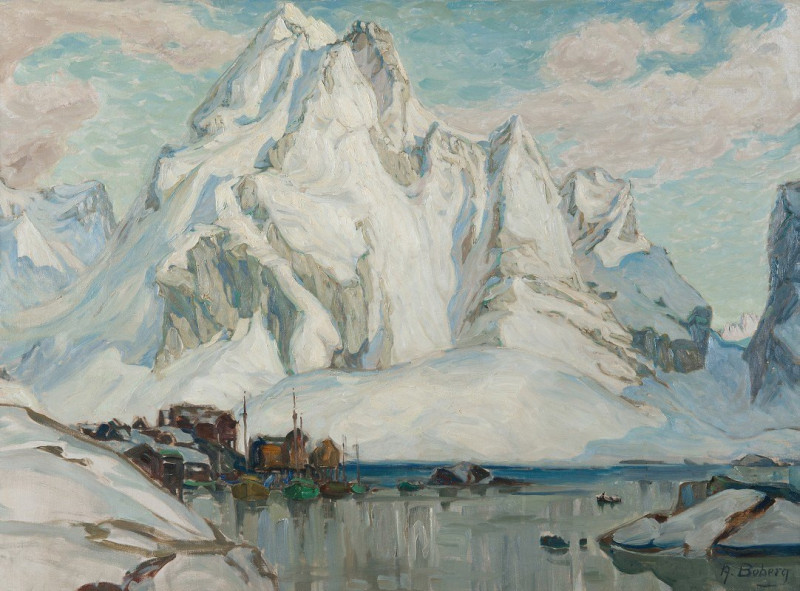Ringing (1928)
Technique: Giclée quality print
Recommended by our customers
More about this artwork
Paul Klee, a master of color theory and lyrical abstraction, presents an intriguing composition in his 1928 painting entitled 'Ringing.' This artwork is a testament to Klee's ability to blend color, shape, and form to create a sense of musicality and rhythmic motion within the confines of a canvas.In 'Ringing,' Klee employs a subtle yet vibrant palette, comprising primarily of red, blue, and neutral tones. The painting features a geometric configuration of lines and shapes, dominating the visual space with a large, central triangle intersecting other linear forms. This interaction creates a dynamic tension and a sense of movement, suggesting the ringing sound the title refers to.A singular red arrow points downward, contrasting sharply against the more muted tones, drawing the viewer's eye and emphasizing the motion implied by the other elements of the piece. Soft washes of color in the background contribute to the dreamy, ethereal quality of the painting, while strategic placement of darker and lighter hues adds depth and intrigue.A small circle and narrow vertical line further interrupt the geometric dominance, adding variety and breaking the continuity, which could signify the echoing or fading tone of a ring. These elements collaborate to evoke a sensory experience far beyond the visual, touching on the auditory and perhaps even the tactile.'Ringing' by Paul Klee not only underscores the artist's innovative use of abstraction but also invites viewers to interpret its elements creatively, engaging with the art on a deeply personal level.
Delivery
Returns
Paul Klee was a Swiss-born German artist. His highly individual style was influenced by movements in art that included expressionism, cubism, and surrealism. Klee was a natural draftsman who experimented with and eventually deeply explored color theory, writing about it extensively; his lectures Writings on Form and Design Theory (Schriften zur Form und Gestaltungslehre), published in English as the Paul Klee Notebooks, are held to be as important for modern art as Leonardo da Vinci's A Treatise on Painting for the Renaissance.

